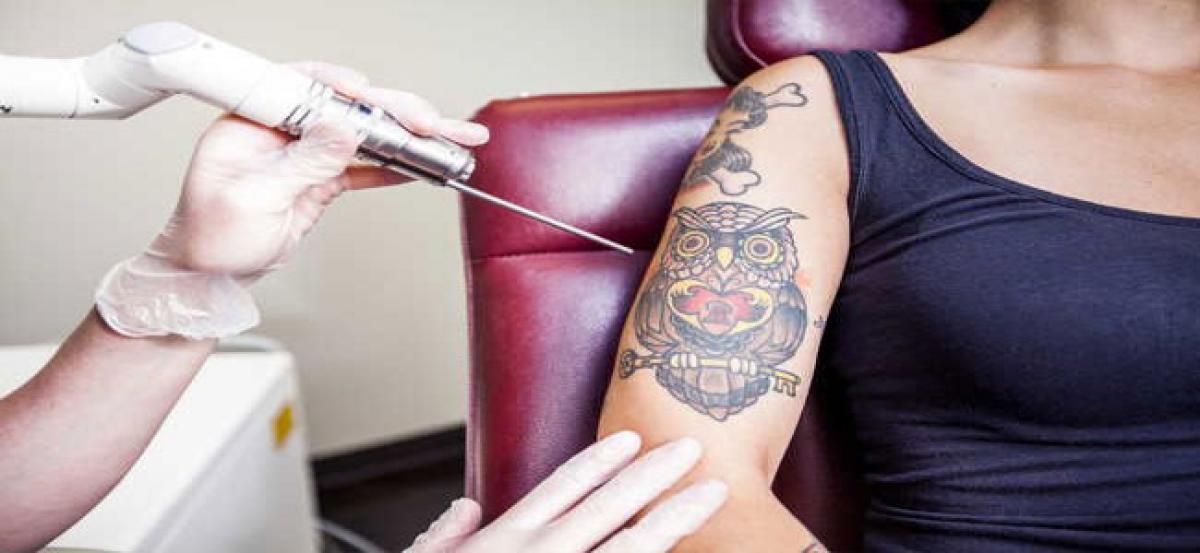Live
- Fire in Paschim Vihar claims 1 life, 2 injured
- ‘Congress slams Atishi’s crowdfunding campaign
- ‘Congress slams Atishi’s crowdfunding campaign
- CM Atishi fails to submit poll papers
- Pongal 2025: Wishes, Quotes, Messages, and Status to Celebrate the Harvest Festival
- 'Dragging your feet': HC slams Delhi govt over CAG report
- Veteran politician Palavalasa Rajasekharam passes away
- KCR extends Sankranti greetings
- Revanth to go on foreign tour from Jan 16 to woo investors
- Narrow bridge across rivulet draws criticism









